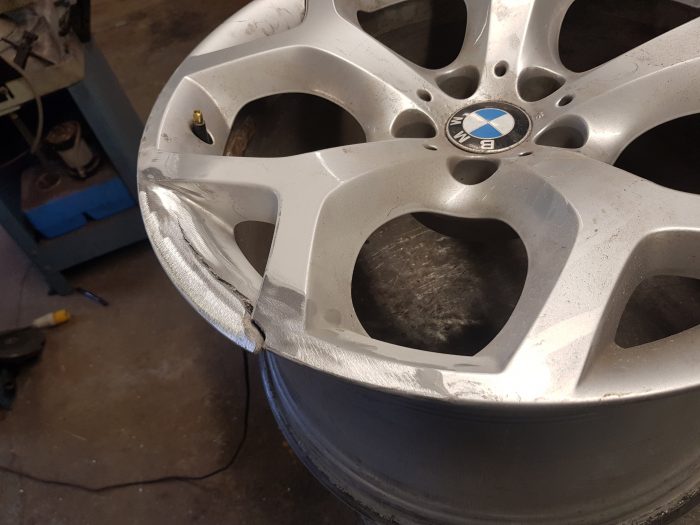Cracked alloy rims pose a significant concern for vehicle owners, both in terms of safety and expense. The question of whether cracked alloy rims can be repaired hinges on several factors, including the extent of the damage, the location of the crack, and the overall structural integrity of the rim. Understanding these factors is crucial for making an informed decision about repairing or replacing the rims.
Understanding Alloy Rim Damage
Alloy rims, known for their light weight and superior performance, are made from a blend of aluminum and other metals. While they offer benefits such as improved fuel efficiency and enhanced aesthetics, they are also more prone to cracking compared to steel rims, especially when subjected to potholes, curbs, and other road hazards. Cracks in alloy rims can vary from hairline fractures to more significant splits, and the severity of these cracks directly impacts the possibility and advisability of repair.
Assessing the Damage
The first step in determining if a cracked alloy rim can be repaired is to assess the damage. Small, superficial cracks that do not compromise the rim’s structural integrity can often be repaired successfully. However, cracks located on the outer edges, near the bead area where the tire sits, or spanning the entire rim width pose a greater risk. Such cracks can weaken the rim’s ability to maintain tire pressure and handle the stresses of driving, potentially leading to tire blowouts or wheel failure.
Repair Techniques
If the damage is deemed repairable, several techniques can be employed:
- Welding: This is the most common method for repairing cracked alloy rims. It involves using specialized equipment to weld the crack, often followed by grinding and polishing to restore the rim’s smooth finish. The success of welding depends on the expertise of the technician and the quality of the materials used. Improper welding can lead to further weakening of the rim, making it unsafe for use.
- Cold Rolling: In cases where the rim is bent in addition to being cracked, a process known as cold rolling may be used. This technique involves reshaping the rim back to its original form while addressing any cracks through welding or other means.
- Epoxy Fillers: For minor cracks, epoxy fillers can be applied to fill in the gaps. While this is not a long-term solution for major cracks, it can be a temporary fix to maintain the rim’s integrity until a more permanent repair or replacement is undertaken.
Considerations for Repair
When deciding whether to repair a cracked alloy rim, several considerations must be taken into account:
- Safety: The foremost concern is safety. Even expertly repaired rims may not perform as well as new ones, particularly under high-stress conditions.
- Cost: While repairing a rim is generally cheaper than buying a new one, repeated repairs can add up. In some cases, investing in a new rim might be more cost-effective in the long run.
- Longevity: Repaired rims may have a shorter lifespan compared to new ones, especially if the vehicle frequently encounters rough road conditions.
- Warranty: Many repair shops offer limited warranties on their work. It’s essential to understand the terms and ensure that any repair comes with a guarantee.
While cracked alloy rims can often be repaired, the decision to do so should be based on a careful assessment of the damage and a consideration of safety, cost, and longevity. Consulting with a professional technician is crucial to ensure that the repair is done correctly and that the vehicle remains safe to drive. In some cases, replacement might be the best option to ensure optimal performance and safety.


